The Russo-Ukrainian war is a war of drones, says Serhii Turchyn, a sergeant part of Ukraine’s battle of Robotyne, where in the last month several brigades have gnawed through three Russian lines of fortifications.
“There are reconnaissance drones, and drones delivering ordnance. It doesn’t make sense for a person to shoot. Better for a machine to do it,” Serhii explains in a conversation with Euromaidan Press.
Sergeant Turchyn’s 65th mechanized brigade is stationed in the little patch of blue recently-regained land together with the 47th brigade, which broke through to Robotyne on 22 August, and the 10th special forces regiment.
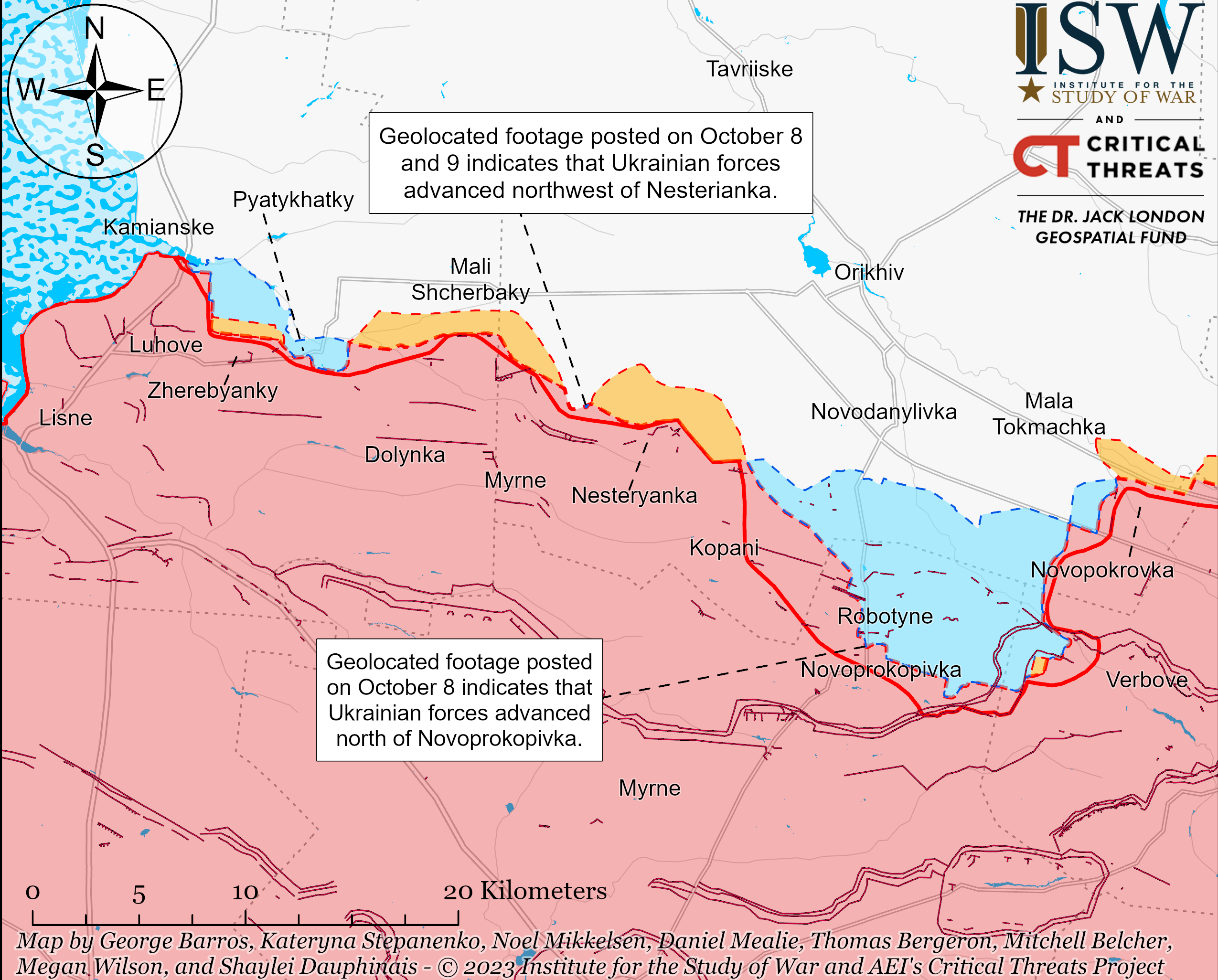
Holding Ukraine’s gains in Novoprokopivka, they are part of the push to the crucial Russian logicstical hub of Tokmak, and, further on, Melitopol, in what is likely a plan to split the Russian occupiers’ group in southern Ukraine in two.
In the weeks following the breakthrough, Ukraine is moving forward, albeit slowly: Russians attempt to conduct counteroffensives in small groups, yet the main problem are minefields and Russian artillery, aided by drones.
The skies above Robotyne and Novoprokopivka are full of them. Reconnaissance drones guide Russian artillery strikes, kamikaze drones attack equipment – especially western artillery such as the 155-mm M777: “it is like a red flag for the Russians.”
“Yes, we broke through the defense, but we broke through only at a small spot, and it’s surrounded by mines. There’s only one road leading to Robotyne, and the Russians pound all vehicles on it with artillery and FPVs, after pinpointing them with Mavic drones,” Serhii explains Ukraine’s slow pace.
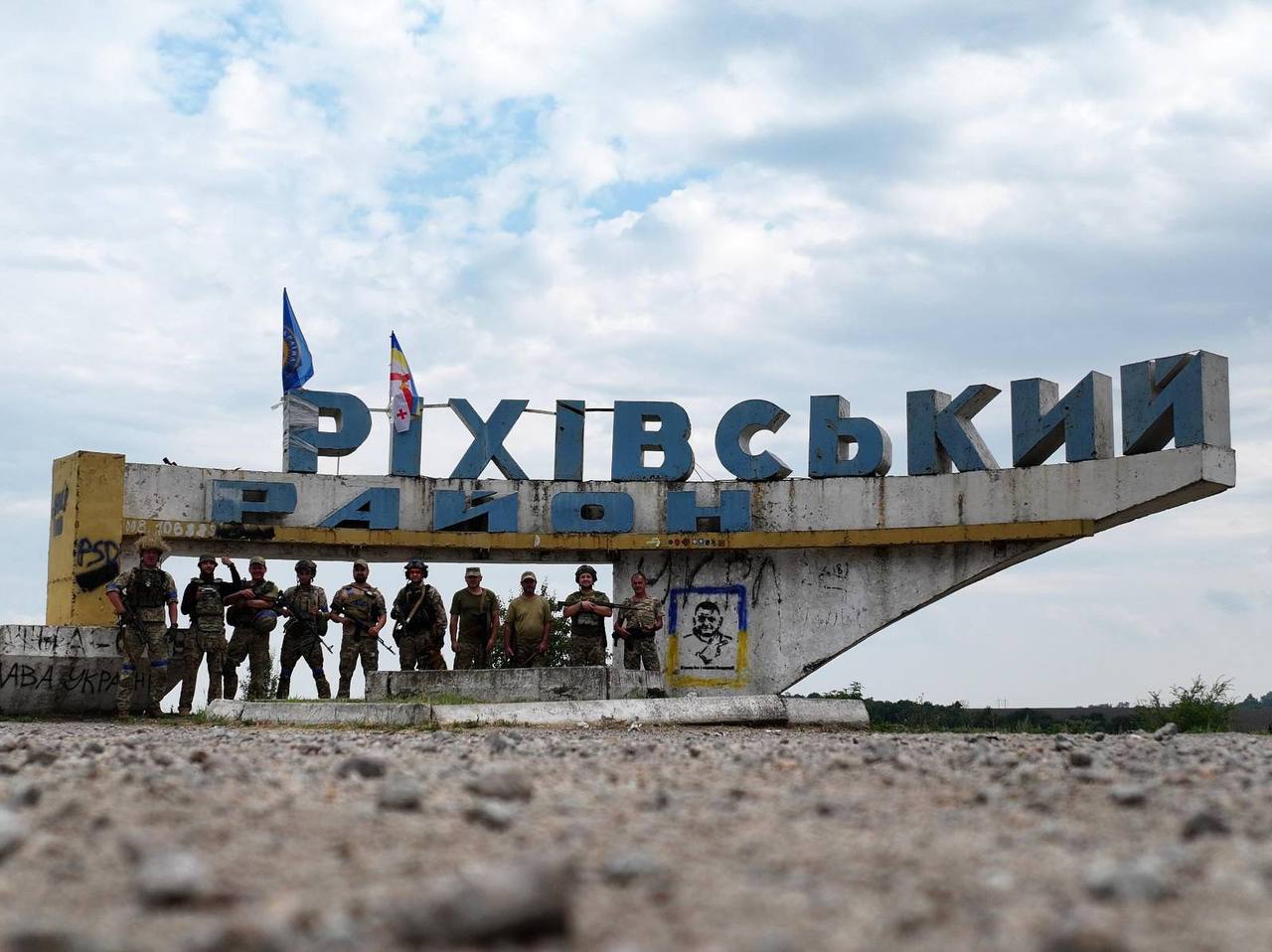
The Mavics, widely known as “wedding drones,” are a model used by both Russia and Ukraine to guide artillery and in general conduct reconnaissance. However, after China’s recent moves to limit the use of drones in Russia’s war against Ukraine, procuring them has gotten more difficult for Ukrainians: EU companies refuse selling them to Ukraine, complying with the Chinese prohibition. Russians can still import them without problems: the border with China is impossible to control, and the formal export prohibitions remain on paper.
How can Ukraine destroy the Russians’ artillery?
For Serhii, the answer is simple – “we just need more drones.” They will allow spotting the Russian guns from further away, and delivering high-precision strikes.
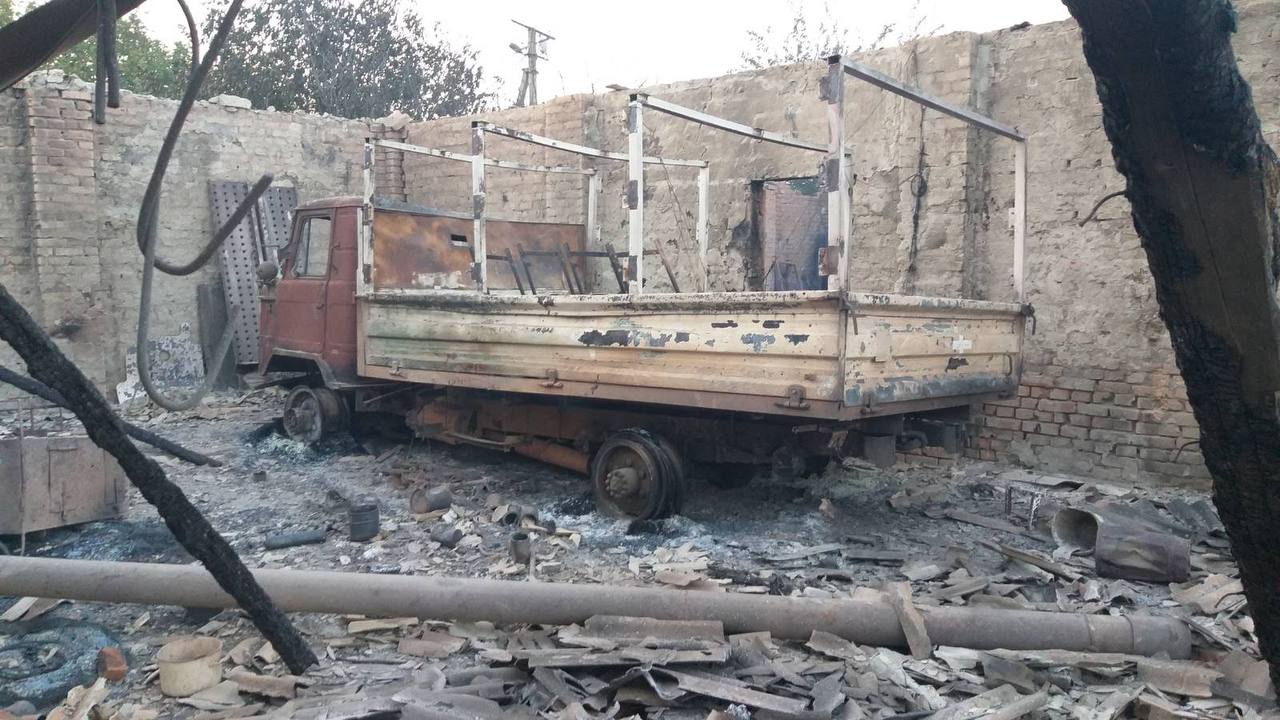
In fact, the Russians used drones to correct artillery from the first days of their 2022 invasion of Ukraine: Serhii, then a member of Kyiv’s territorial defense has seen such drones guiding Russian artillery during the assault on Kyiv and battles near the Ukrainian capital.
“Kyiv could have been taken by drones,” he recalls.
Now, they hum above Robotyne. Heavy minefields are all around. A mine roller, which prompts mines ahead of its movement to explode, had helped clear the fields. However, it, too, was destroyed by artillery.
“That’s when we understood that demining should only be done in the tree plantations,” Serhii says. Dirt paths in the plantations allow Ukrainians to move under the protection of trees that shield it from the Russian drones’ watchful eyes.
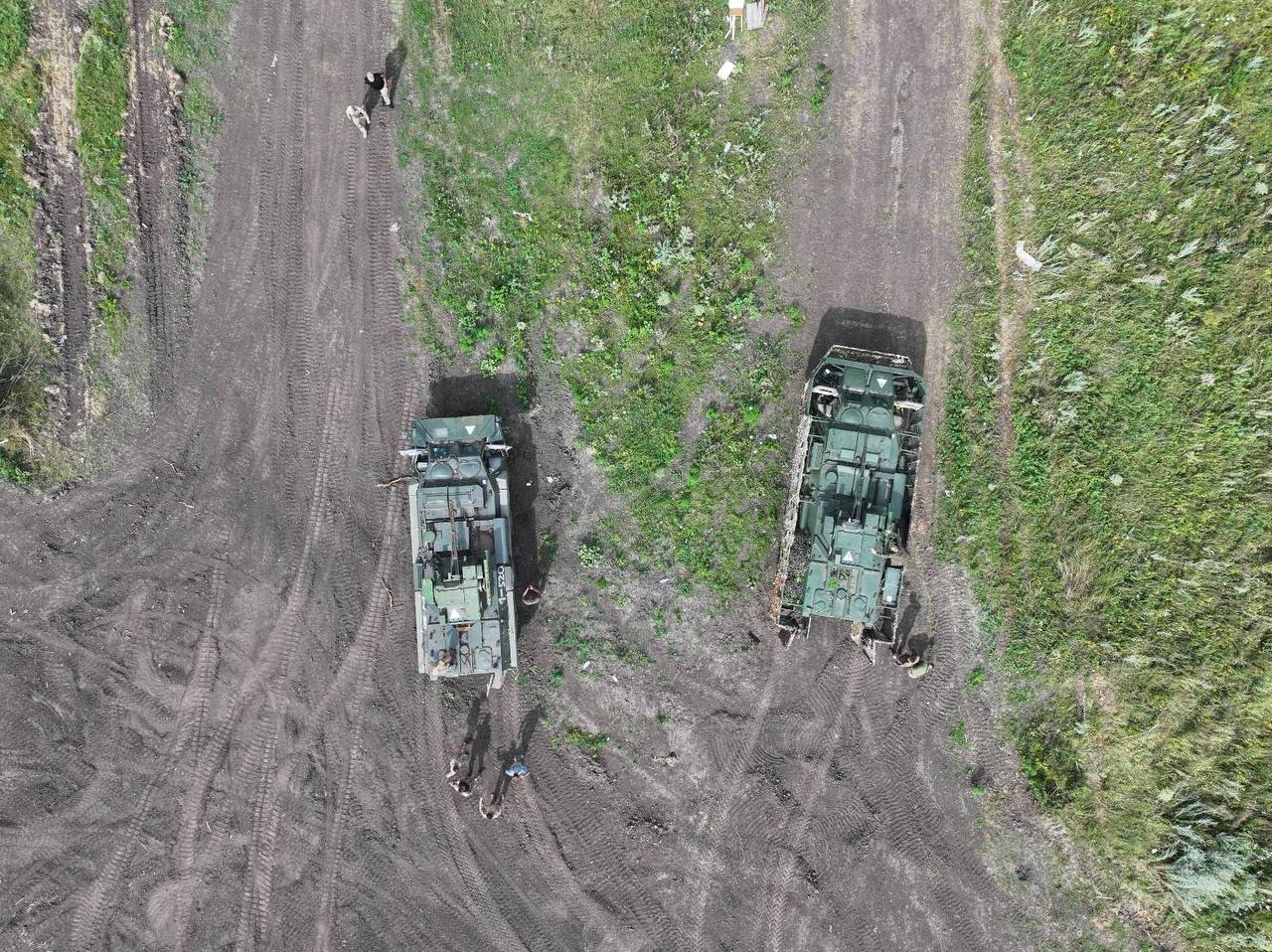
Sappers clear the forested strips from mines and leave flags on the trail that is safe for soldiers to tread on.
“We have heroes that nobody talks about – the sappers. They are even more awesome than the recon companies. They demine all that crap with their lives,” Serhii praises his colleagues. The sappers accompany any reconnaissance operation, clearing the way for foot soldiers.
FPV drones are another danger. Russians now increasingly use the agile “First-person view” UAVs known for their use in racing to attack Ukrainian equipment, a technique that Ukraine pioneered many months back. And recently, a reusable FPV drone dropped near Serhii’s unit: unlike the usual kamikaze FPV, it has a mechanism to drop the charge, allowing the drone to fly back to base.
“The only way to fight the drones is with anti-drone guns and electronic warfare measures,” Serhii stresses.
The gun blocks a drone’s signals when pointed at one. But the electronic warfare (EW) option creates an invisible dome that shields anybody inside from enemy UAVs by jamming their communication systems.
“If you place an EW unit inside a van taking the guys out for rotation, it is much less likely to get hit by an FPV drone than if the van is unprotected. That’s why units should have both types,” Sergeant Turchyn explains.
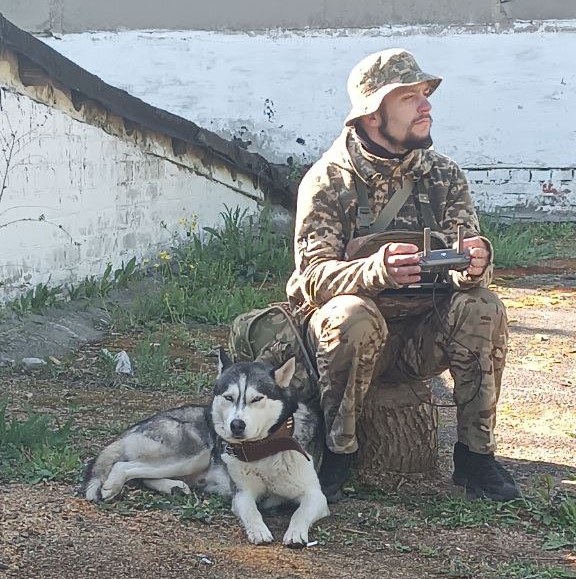
The EW units are called “trench jamming stations”: the small suitcases can be placed inside trenches, shielding the soldiers from enemy attacks.
Russians have many such stations in their trenches, as a result of which Ukrainian drones fall down in scores, having lost contact with base. Proof of this is a map in Delta, Ukraine’s unified operational command system, which shows many hundreds of Ukrainian drones downed during Ukraine’s assault on Robotyne, Serhii claims.
“The Russians positioned themselves as a radioelectronic nation in the USSR. They have a lot of electronic-warfare stuff going on,” he explains the Russians’ strength.
“The only way out is an infantry soldier who has an FPV drone in his backpack. If they say: Serhii, you need to get out to this point and strike the enemy’s equipment, I can do this. Because I have an FPV drone and I know how to pilot it. It’s like having a grenade launcher in my hands that flies however I want.”
Soon, there will be more soldiers with such drones in their backpacks: orders have been given to create drone units in brigades. While piloting FPV drones requires special skills, training can be conducted on simulators installed on a simple laptop. But so far, Serhii is the only FPV pilot in his brigade.
A drone image from Delta also reveals how devastated the area near Robotyne is from Russian shelling.
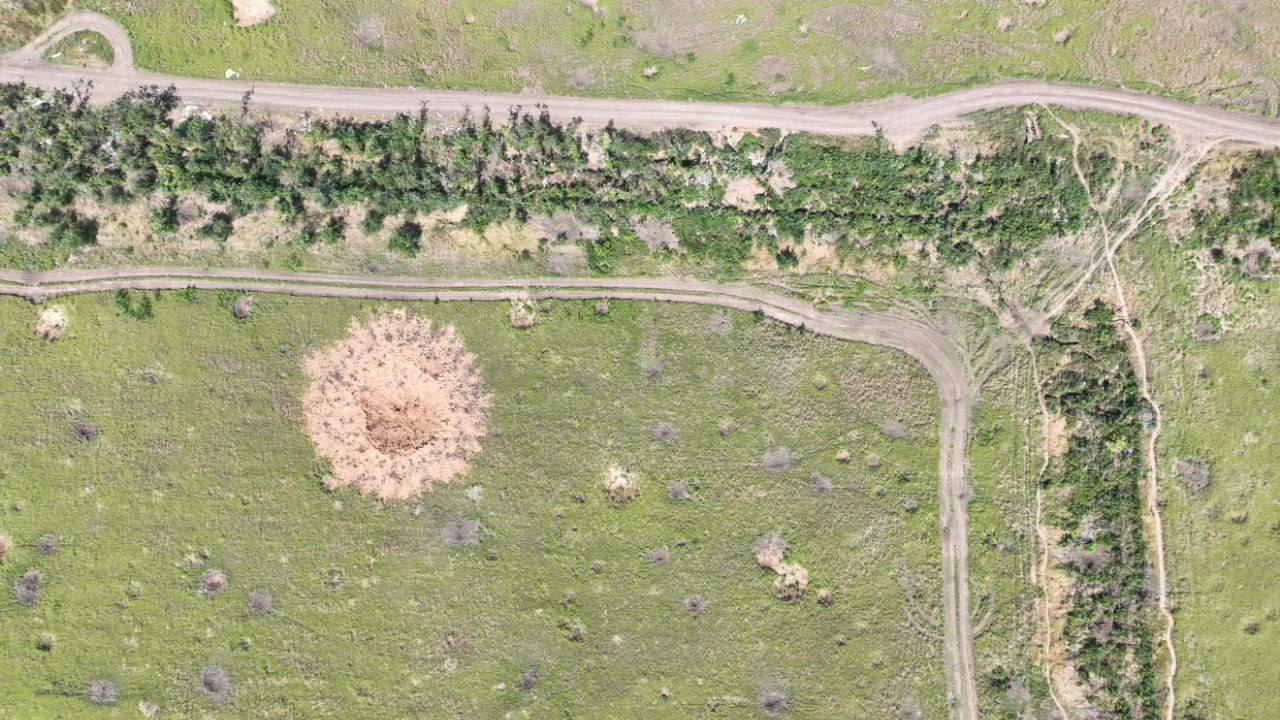
“They simply have lots of Soviet tanks that are basically a stick that shoots, and they just butcher our fields with these shells. Sometimes I look at it and am horrified, because I understand how many shells are in this ground,” Serhii comments.
Russian artillery affects not only the fields. Ukraine’s counteroffensive in Zaporizhzhia Oblast has been slow and grinding because of Russian minefields and layers of defense. In the meantime, the settlements on the frontline are wiped off the map by artillery. One of them is Orikhiv, which now resembles Bakhmut, a city in eastern Ukraine that has crumbled to ruins from Russian artillery strikes over nine months of Ukraine’s defense, until it fell to the Russians in May 2023.
The sweeping counteroffensive in Kharkiv Oblast, where Ukraine retook 12,000 square kilometers in mere weeks in September 2022, was more merciful to towns and villages caught in the crossfire. However, it is likely that all settlements caught in the grind will be severely affected.
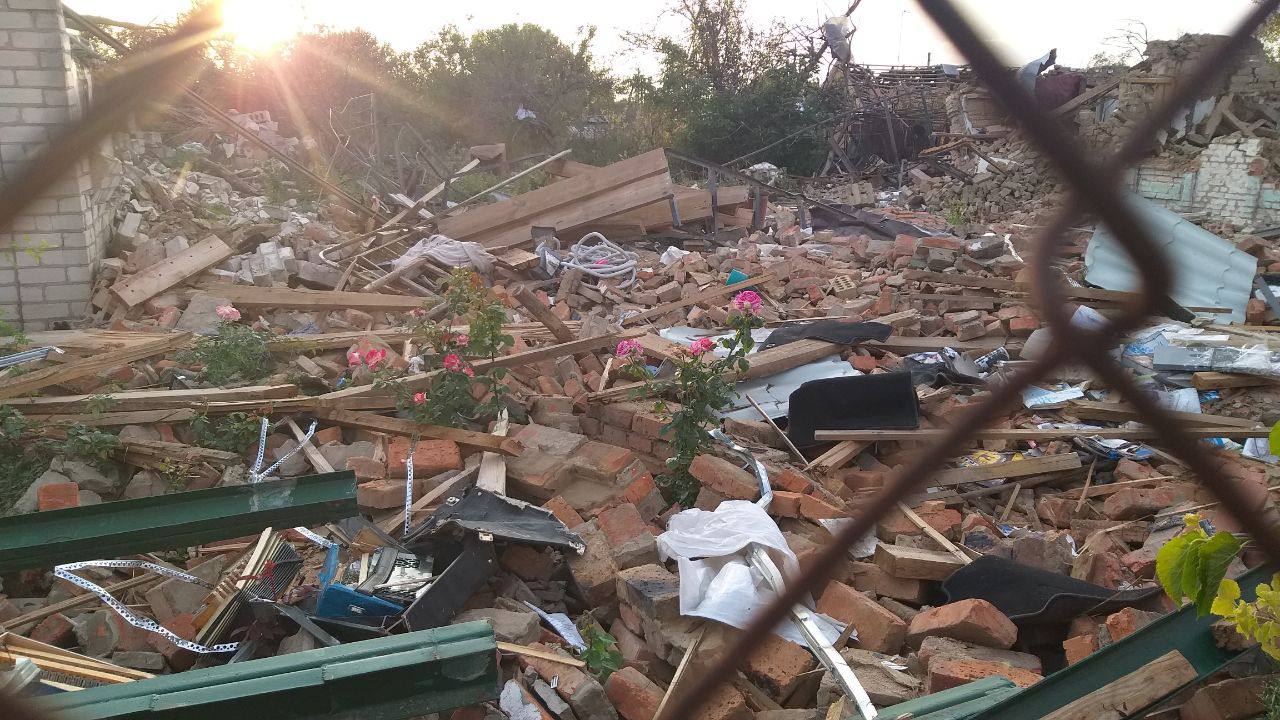
Meanwhile, the soldiers of the 65th mechanized battalion face their own challenges in holding positions in the villages near Robotyne.
Reaching “line zero” to supply units holding what is seen on maps as the “frontline” involves walking four-six kilometers on footpaths through the forested strips that protect warriors from the Russian drones’ eyes. The distance cannot be crossed by vehicles, as they will be targeted by Russian drones and artillery. Pedestrians have a better chance. Yet, whoever is making a supply run needs to carry several days’ worth of food and ammunition five or more people, still facing the threat of shelling.
“You can’t stay in ‘line zero’ for more than three days: water, food, ammunition runs out, and then you have the wounded, the traumatized. Somebody has a concussion, somebody gets chest pains. This is why evacuation of the wounded takes a long time: because we break through the Russians’ defense by these narrow footpaths. If we had an electrical bike, or a motorcycle, it would help greatly. A bike is not a priority target for the Russians, and these paths can be traveled only by something with two wheels. Or two feet. Or even one,” Serhii explains.
We frequently fundraise for the needs of Serhii’s brigade; keep tuned for our next fundraiser.
Related:
- Ukraine’s counteroffensive: signs of concern and optimism
- The one most important thing for Ukraine’s counteroffensive
- Ukraine uses drones equipped with AI to destroy military targets
- Ukraine’s “Army of drones” hands over 1,700 drones to the frontline
- Small drones, big impact: Ukraine boosts use of FPV drones on battlefield

